Hyundai IONIQ 6 vs Tesla Model S – Which one offers the better deal?
Compare performance, boot capacity, efficiency and price at a glance.
Find out which car is the better choice for you – Hyundai IONIQ 6 or Tesla Model S?
Costs and Efficiency:
Price and efficiency are often the first things buyers look at. Here it becomes clear which model has the long-term edge – whether at the pump, the plug, or in purchase price.
Hyundai IONIQ 6 has a clearly advantage in terms of price – it starts at 37600 £, while the Tesla Model S costs 94300 £. That’s a price difference of around 56649 £.
In terms of energy consumption, the advantage goes to the Hyundai IONIQ 6: with 13.90 kWh per 100 km, it’s clearly perceptible more efficient than the Tesla Model S with 17.50 kWh. That’s a difference of about 3.60 kWh.
As for range, the Tesla Model S performs slight better – achieving up to 634 km, about 20 km more than the Hyundai IONIQ 6.
Engine and Performance:
Under the bonnet, it becomes clear which model is tuned for sportiness and which one takes the lead when you hit the accelerator.
When it comes to engine power, the Tesla Model S has a distinct edge – offering 1020 HP compared to 650 HP. That’s roughly 370 HP more horsepower.
In acceleration from 0 to 100 km/h, the Tesla Model S is decisively quicker – completing the sprint in 2.10 s, while the Hyundai IONIQ 6 takes 3.20 s. That’s about 1.10 s faster.
In terms of top speed, the Tesla Model S performs to a small extent better – reaching 300 km/h, while the Hyundai IONIQ 6 tops out at 257 km/h. The difference is around 43 km/h.
Space and Everyday Use:
Whether family car or daily driver – which one offers more room, flexibility and comfort?
Both vehicles offer seating for 5 people.
In curb weight, Hyundai IONIQ 6 is slightly lighter – 1850 kg compared to 2170 kg. The difference is around 320 kg.
In terms of boot space, the Tesla Model S offers convincingly more room – 793 L compared to 401 L. That’s a difference of about 392 L.
When it comes to payload, Hyundai IONIQ 6 to a small extent takes the win – 430 kg compared to 364 kg. That’s a difference of about 66 kg.
Who wins the race?
The Hyundai IONIQ 6 proves to be only a minor advantage and therefore becomes our DriveDuel Champion!
Hyundai IONIQ 6 is the better all-rounder in this comparison.
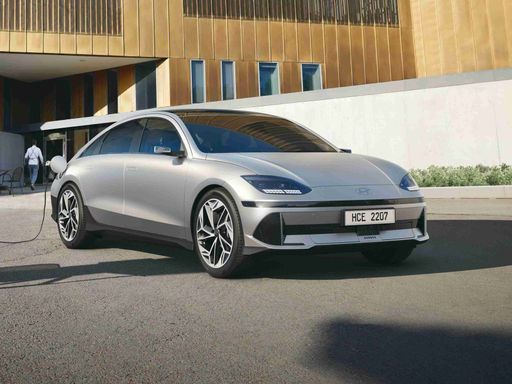
Hyundai IONIQ 6
Hyundai IONIQ 6
The Hyundai IONIQ 6 merges futuristic design with eco-friendly technology, offering a glimpse into the future of electric mobility. Its sleek silhouette and aerodynamic profile are sure to capture attention on the road, while the interior provides a seamless blend of comfort and cutting-edge digital features. With a focus on efficiency and sustainability, this model represents a significant step forward in the evolution of electric vehicles.
details @ hyundai.news
@ hyundai.news
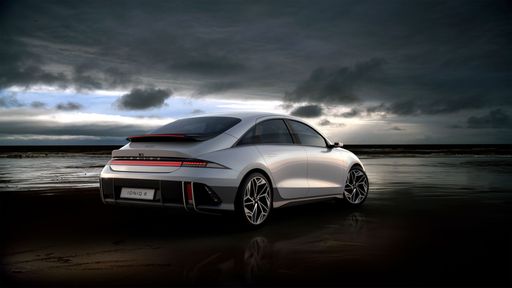 @ hyundai.news
@ hyundai.news
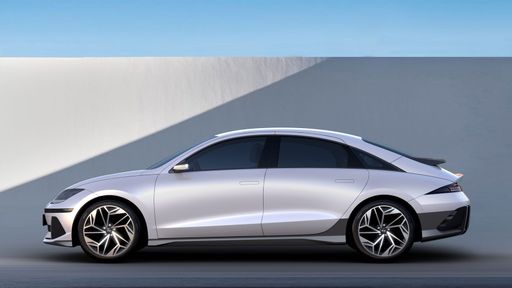 @ hyundai.news
@ hyundai.news
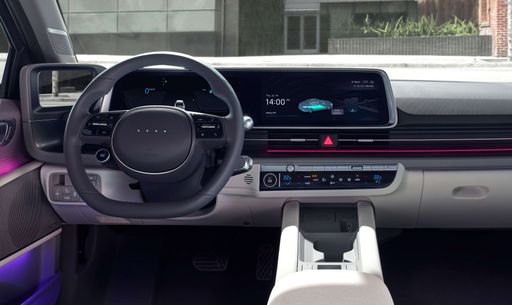 @ hyundai.news
@ hyundai.news
Tesla Model S
The Model S continues to set the standard for luxury electric vehicles, seamlessly blending performance with cutting-edge technology. Its sleek design and spacious interior provide an unparalleled driving experience, making it an ideal choice for modern enthusiasts. With features that emphasize both safety and sustainability, the Model S showcases the future of automotive innovation.
details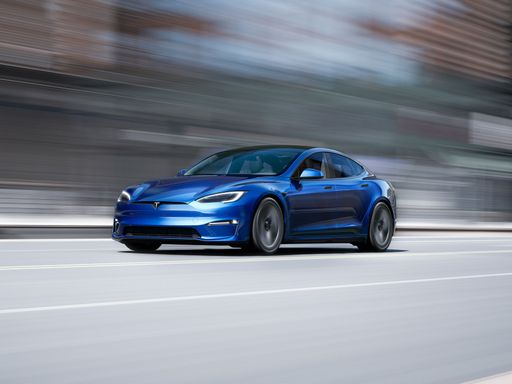 @ Tesla
@ Tesla
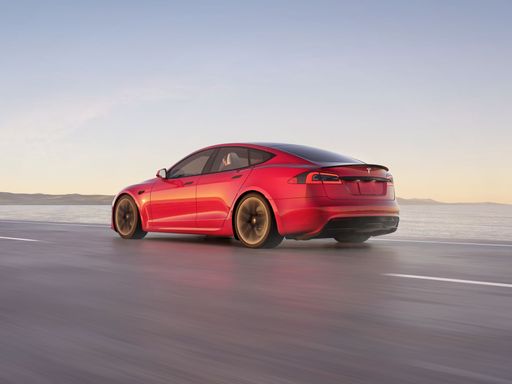 @ Tesla
@ Tesla
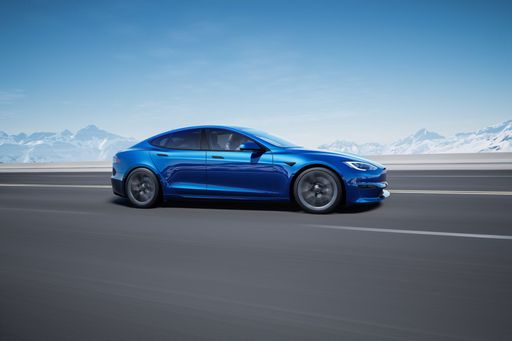 @ Tesla
@ Tesla
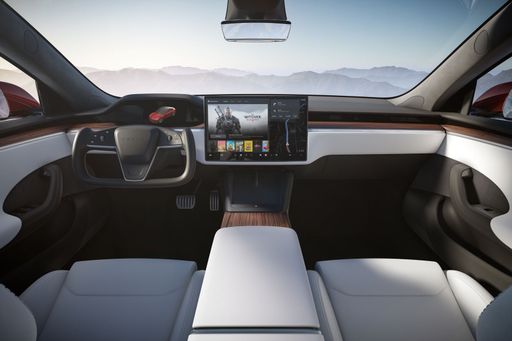 @ Tesla
@ Tesla
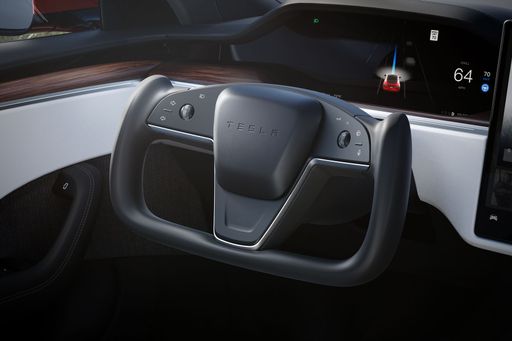 @ Tesla
@ Tesla
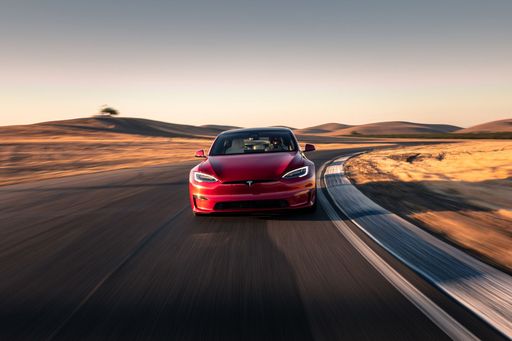 @ Tesla
@ Tesla
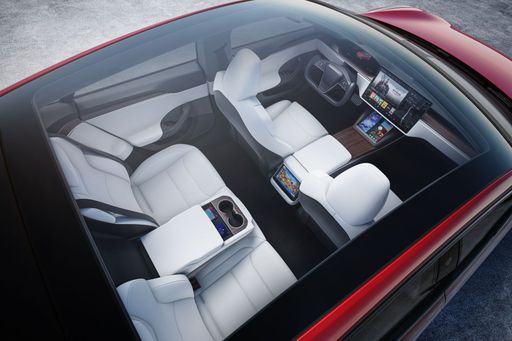 @ Tesla
@ Tesla

|

|
|
|
|
Costs and Consumption |
|
|---|---|
|
Price
37600 - 64300 £
|
Price
94300 - 102800 £
|
|
Consumption L/100km
-
|
Consumption L/100km
-
|
|
Consumption kWh/100km
13.9 - 15.1 kWh
|
Consumption kWh/100km
17.5 - 18.7 kWh
|
|
Electric Range
429 - 614 km
|
Electric Range
600 - 634 km
|
|
Battery Capacity
53 - 84 kWh
|
Battery Capacity
-
|
|
co2
0 g/km
|
co2
0 g/km
|
|
Fuel tank capacity
-
|
Fuel tank capacity
-
|
Dimensions and Body |
|
|---|---|
|
Body Type
Hatchback
|
Body Type
Hatchback
|
|
Seats
5
|
Seats
5
|
|
Doors
4
|
Doors
5
|
|
Curb weight
1850 - 2095 kg
|
Curb weight
2170 - 2265 kg
|
|
Trunk capacity
401 L
|
Trunk capacity
793 L
|
|
Length
4855 - 4935 mm
|
Length
5021 mm
|
|
Width
1880 - 1940 mm
|
Width
1987 mm
|
|
Height
1495 mm
|
Height
1431 mm
|
|
Max trunk capacity
-
|
Max trunk capacity
1828 L
|
|
Payload
425 - 430 kg
|
Payload
364 kg
|
Engine and Performance |
|
|---|---|
|
Engine Type
Electric
|
Engine Type
Electric
|
|
Transmission
Automatic
|
Transmission
Automatic
|
|
Transmission Detail
Reduction Gearbox
|
Transmission Detail
-
|
|
Drive Type
Rear-Wheel Drive, All-Wheel Drive
|
Drive Type
All-Wheel Drive
|
|
Power HP
151 - 650 HP
|
Power HP
670 - 1020 HP
|
|
Acceleration 0-100km/h
3.2 - 8.8 s
|
Acceleration 0-100km/h
2.1 - 3.2 s
|
|
Max Speed
185 - 257 km/h
|
Max Speed
250 - 300 km/h
|
|
Torque
350 - 770 Nm
|
Torque
-
|
|
Number of Cylinders
-
|
Number of Cylinders
-
|
|
Power kW
111 - 478 kW
|
Power kW
493 - 750 kW
|
|
Engine capacity
-
|
Engine capacity
-
|
General |
|
|---|---|
|
Model Year
2022 - 2025
|
Model Year
2022 - 2023
|
|
CO2 Efficiency Class
A
|
CO2 Efficiency Class
A
|
|
Brand
Hyundai
|
Brand
Tesla
|
What drive types are available for the Hyundai IONIQ 6?
Available configurations include Rear-Wheel Drive or All-Wheel Drive.
The prices and data displayed are estimates based on German list prices and may vary by country. This information is not legally binding.
